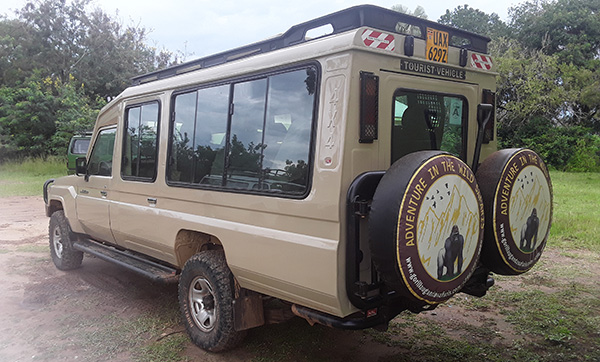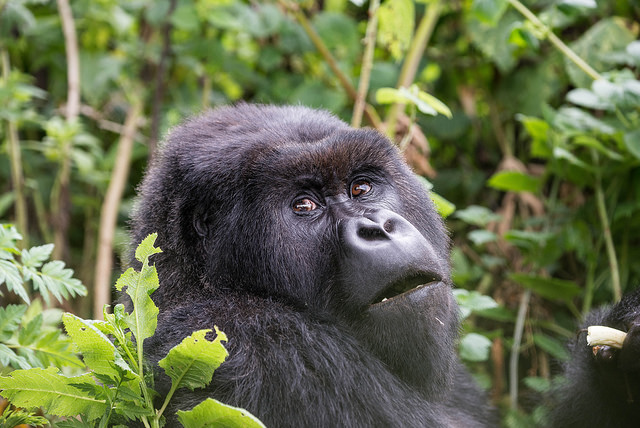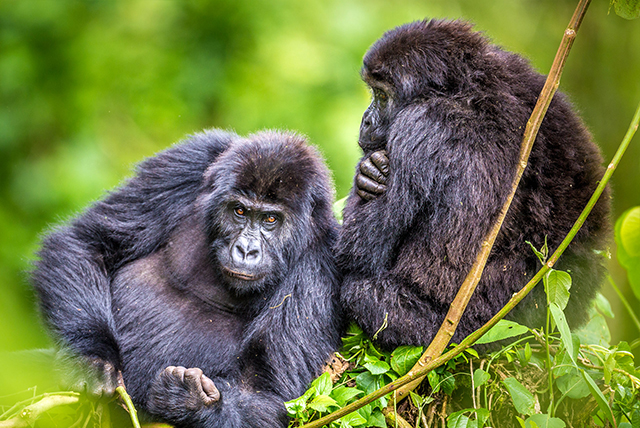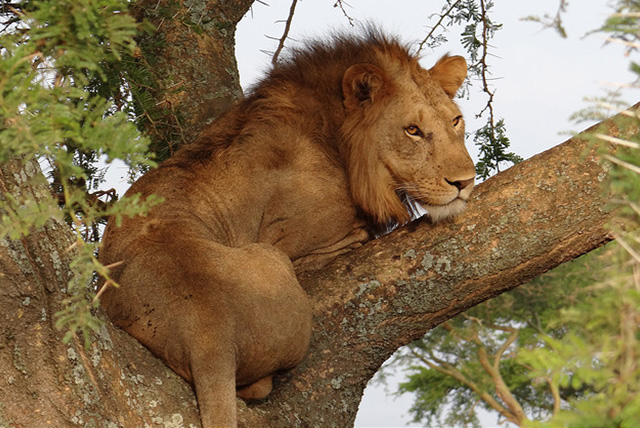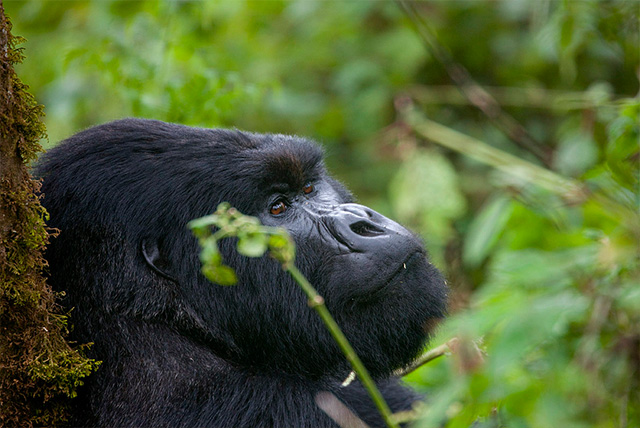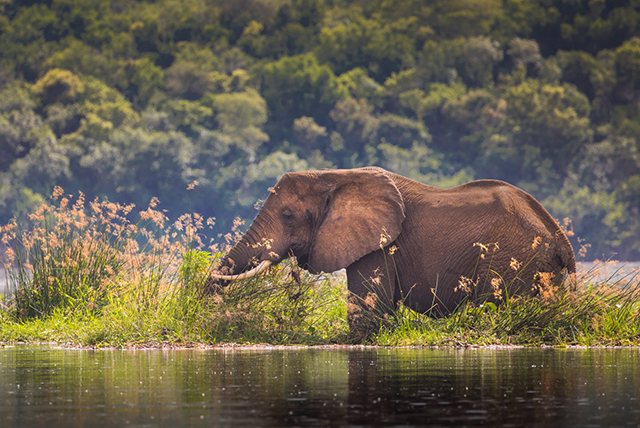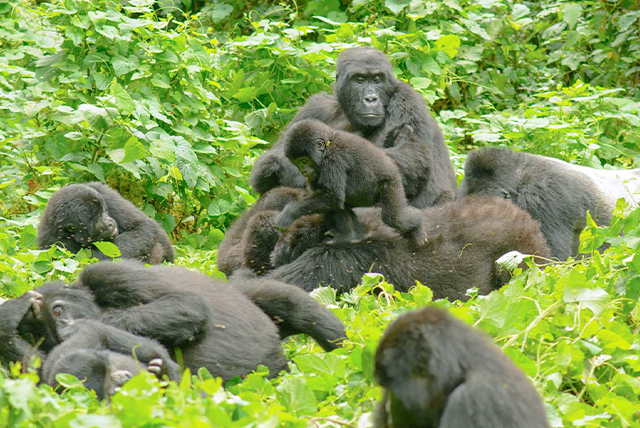Wildlife in Zimbabwe
Wildlife in Zimbabwe
Zimbabwe is an extraordinary place for thrilling safaris. The primary parks are meticulously cared for, and the abundant wildlife features the second-highest population of elephants in any African nation. Standing in the spray of Victoria Falls, the world’s largest sheet of falling water, is an exhilarating experience. Hwange National Park, where the Big Five roam freely, is an absolute must-see, while Mana Pools National Park invites you to embark on thrilling canoeing safaris along the Zambezi River. Even after years of mismanagement, Zimbabwe continues to be a welcoming and well-structured destination for travelers.
Advantages & Disadvantages
Outstanding guidance
A top choice for walking safaris
An opportunity to witness the breathtaking beauty of Victoria Falls
Moderate visitor numbers
Some of Africa’s most vibrant elephant populations
English is spoken extensively and with exceptional proficiency.
The chance to wander through the ancient, crumbling stone city of Great Zimbabwe
A country surrounded by land, offering no opportunities for beach getaways.
Some possibilities for unexpected twists in governance
Nature’s wonders
Hwange and Mana Pools are Zimbabwe’s premier spots for experiencing the thrill of wildlife encounters. Less well known yet just as rewarding are the secluded Matusadona and Gonarezhou National Parks. Many parks are home to abundant populations of elephants, buffalo, hippos, zebras, warthogs, and a variety of antelope. Lion and spotted hyena are often spotted with ease, particularly in Hwange, yet while leopard, cheetah, and African wild dog roam widely, encounters with them can be elusive. Rhinos are often elusive, yet they can be pursued on foot in Matobo National Park.
Discover the wonders of wildlife Exciting pursuits
Zimbabwe is an incredible destination for thrilling safaris. Game drives can be enjoyed in Hwange and other national parks, but many private lodges also provide exhilarating guided walking safaris, especially in Mana Pools, Gonarezhou, and Matusadona. Other popular activities encompass experiencing the breathtaking Victoria Falls on foot or from the sky, bungee jumping and white-water rafting near the Falls, and discovering the impressive ancient stone city of Great Zimbabwe.
Atmospheric Conditions & Environment
Zimbabwe boasts a temperate climate featuring a Dry season from April to October and a Wet season from November to March. The dry season brings a mix of cool and warm days, with temperatures soaring just before the arrival of the rains. During the rainy season, the temperature rises to an afternoon average of about 30°C/86°F, accompanied by elevated humidity levels.
Additional details regarding the weather and climate
Optimal Moments for Exploration
While the Wet season (November to March) offers its own charm, the Dry season (April to October) is typically the prime time for wildlife viewing, particularly from June onwards. Victoria Falls is a destination that captivates at any moment, but the excitement reaches its zenith from February to June, when the water flow is at its most powerful. From July to September, the scenery is truly breathtaking, with reduced spray allowing for clearer views.
Discover the ideal moments to explore

